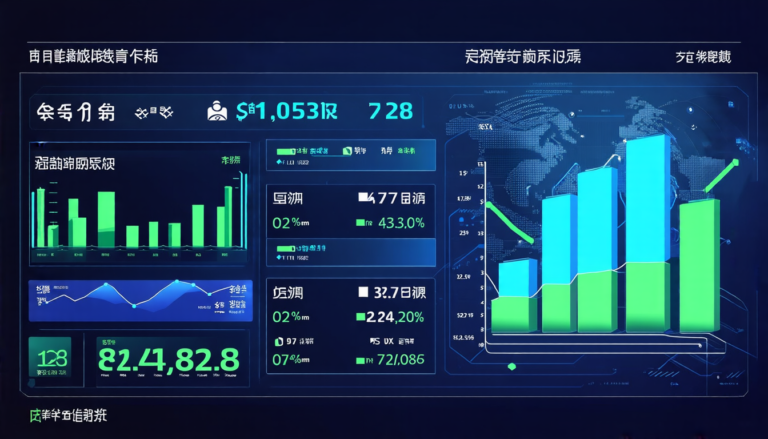Saturday 27 September 2025
The quest for a better understanding of food security in the United States has been ongoing for decades, but new research sheds light on this crucial issue. By analyzing 40 years of data from the Panel Study of Income Dynamics (PSID), researchers have developed a more accurate measure of food security, dubbed the Probability of Food Security (PFS). This innovative approach not only provides a more nuanced understanding of food insecurity but also offers policymakers valuable insights into how to effectively address this pressing concern.
The PFS metric is based on an individual’s likelihood of experiencing food insecurity over time. By examining factors such as household income, employment status, education level, and disability, researchers can pinpoint the most vulnerable populations and identify patterns that contribute to food insecurity. This approach allows for a more detailed analysis than traditional measures like the Food Security Survey (FSSS), which simply categorizes households as either food secure or insecure.
One of the key findings from this research is that even households with incomes above the poverty line can experience food insecurity. In fact, nearly 10% of households in the PSID sample reported food insecurity despite having incomes above the poverty threshold. This highlights the importance of considering factors beyond income when assessing food security. For instance, a household’s employment status, education level, and disability can all play significant roles in determining their likelihood of experiencing food insecurity.
The PFS metric also reveals that certain populations are disproportionately affected by food insecurity. Households with children, for example, are more likely to experience food insecurity than those without. Additionally, households with individuals who have disabilities or are employed but struggling financially are also at a higher risk of food insecurity. These findings underscore the need for targeted policies and programs designed specifically to support these vulnerable populations.
Another significant advantage of the PFS approach is its ability to capture changes in food security over time. By analyzing data from 1979 to 2019, researchers have identified trends and patterns that inform policymakers about how best to address food insecurity. For instance, they found that households with children are more likely to experience food insecurity during times of economic downturn, highlighting the importance of maintaining or increasing support for these families during recessions.
The implications of this research are far-reaching and offer valuable insights for policymakers seeking to improve food security in the United States. By developing a more accurate measure of food security, researchers can provide policymakers with a more comprehensive understanding of the issue, allowing them to craft targeted interventions that address the root causes of food insecurity.
Cite this article: “New Measure of Food Security Reveals Nuanced Understanding of Insecurity in the United States”, The Science Archive, 2025.
Food Security, Poverty Line, Household Income, Employment Status, Education Level, Disability, Food Insecurity, Psid, Pfs Metric, Targeted Policies







